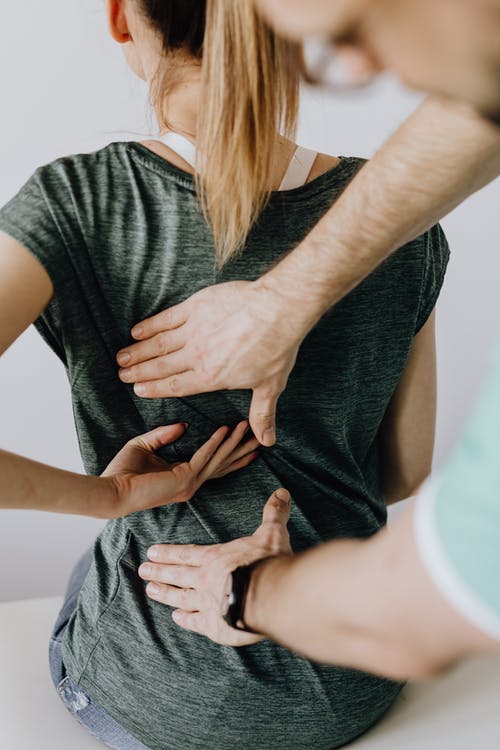 Joints essentially form the connections between the bones. They assist you in moving and offer support. Any joint damage brought on by illness or trauma can limit your range of motion and make you very uncomfortable.
Joints essentially form the connections between the bones. They assist you in moving and offer support. Any joint damage brought on by illness or trauma can limit your range of motion and make you very uncomfortable.
There are several places on the body where joint pain can be felt. It is most commonly felt in the hands, feet, knees, hips, or spine. A number of variables can contribute to joint discomfort, including age, weight, past injuries, overuse, and other medical issues.
Joint pain can make it difficult for a person to perform simple chores and may even alter how well the joint works. The quality of life might be impacted by extreme joint pain. Treatment should concentrate on the impaired activities and functioning as well as the discomfort.
How to Treat Joint Pain?
Even though there might not be a treatment for the pain, it can be controlled to provide respite for the sufferer. A simple daily exercise routine or the use of over-the-counter medicine can sometimes make the pain go away. Other times, pain could be a sign of something that has to be treated with medicine or surgery.
- Simple at-home remedies, including using an ice pack or heating pad on the affected area for brief intervals several times a day, may be suggested. Bathing in a warm tub could also be calming.
- Ointments or gels that can be massaged into the skin over the troubled joint area are examples of topical therapies that can help reduce discomfort. Some of them may be purchased without a prescription or over-the-counter, respectively.
- Supportive tools can help support the joint to enable easy movement, such as a brace, cane, or an orthotic in the shoe. The appropriate alternative or options will be explained to you by the doctor, physical or occupational therapist, or social worker.
- Physical or occupational therapy, together with a well-rounded fitness regimen may gradually help reduce discomfort and increase flexibility.
We, at Physio Hope Therapy, provide specialized treatment for the following Joint Pain:
- Low Back Pain
- Cervical Pain
- Knee Pain
- Frozen Shoulder